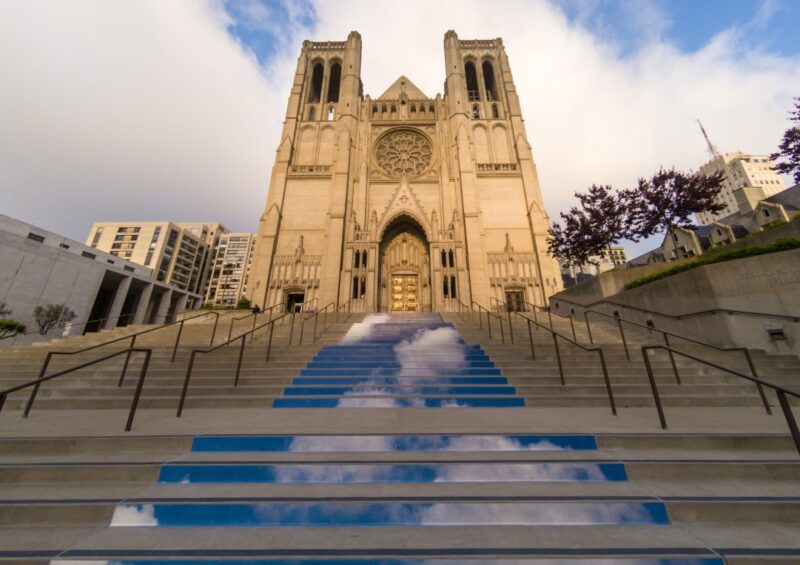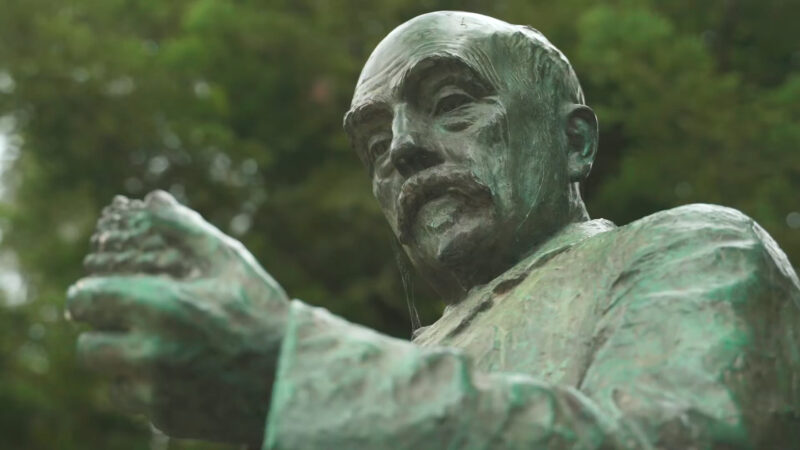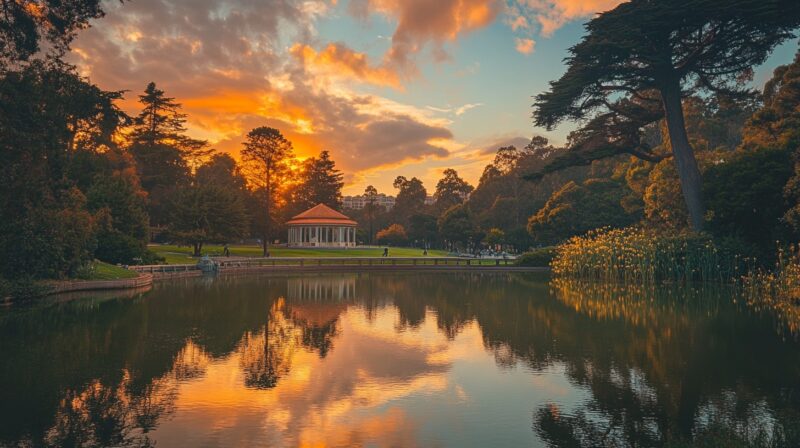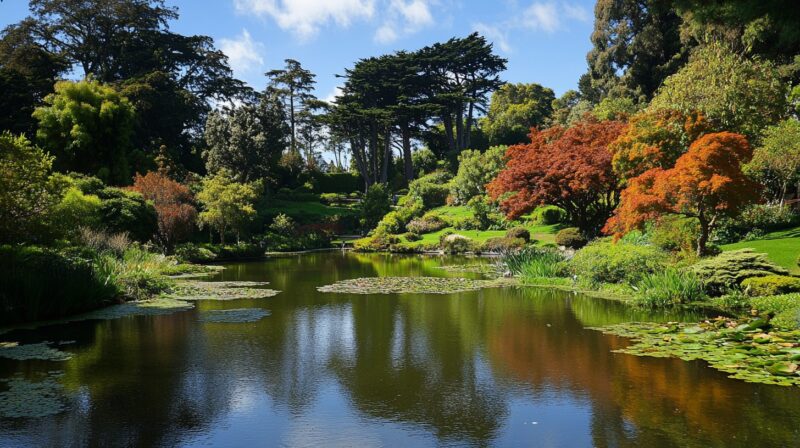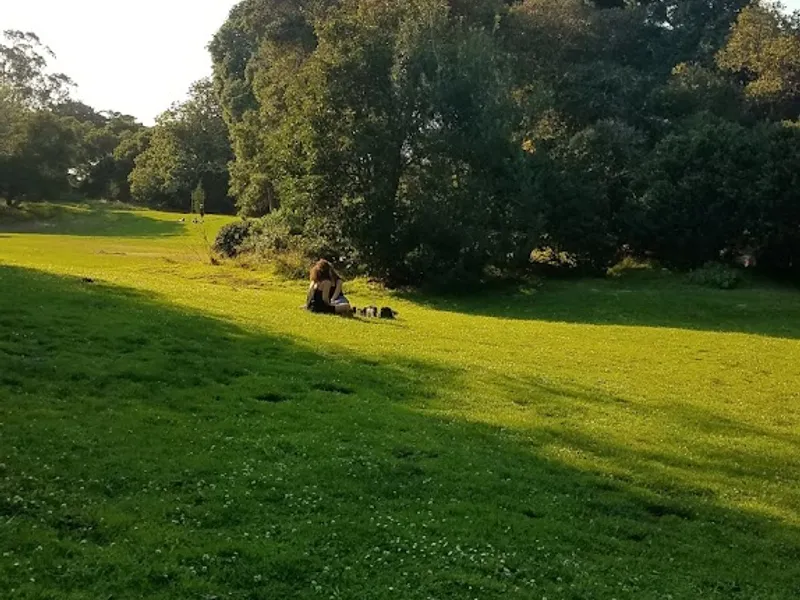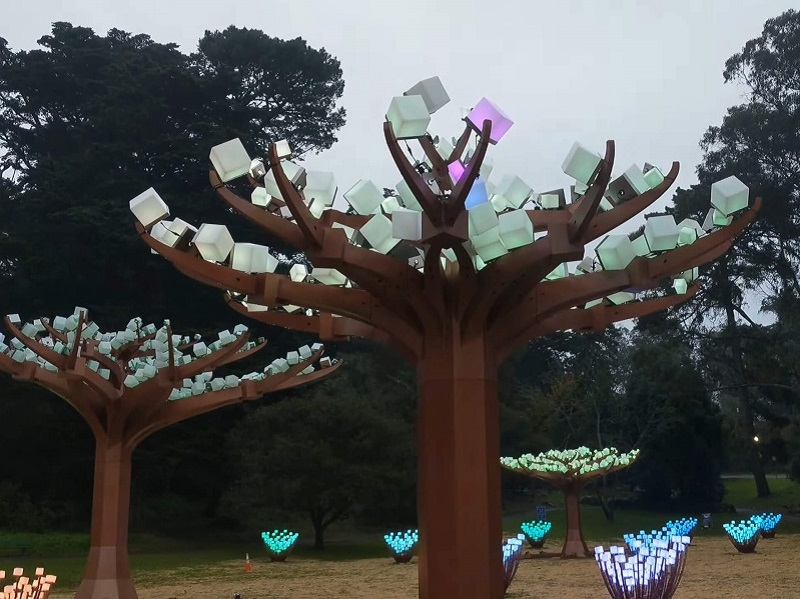
Japanese Tea Garden in Golden Gate Park – Relaxing Travel Destinations
- Published:
- Updated: October 8, 2024
- Published: Tourism
If you’re in search of an unforgettable sensory experience, a visit to the Japanese Tea House and Garden should be at the top of your list.
Here, the soothing sounds of a waterfall serenade you, while the sight of vibrant azaleas, elegant lanterns, and mystical statues captivates your attention.
Now, don’t let the name fool you – the Japanese Tea House and Garden, found within the heart of San Francisco’s beloved Golden Gate Park, isn’t merely about sipping a steaming cup of tea.
Enough chit-chat, let us guide you through what you can expect to see in Japanese Tea Garden in greater detail.
Getting Started

| Location | 75 Hagiwara Tea Garden Dr, San Francisco, CA 94118 |
|---|---|
| Phone Number | +1 415-661-1316 |
| info@japaneseteagardensf.com | |
| Hours |
|
| Admission |
|
Upon entering the main gate of the Japanese Tea Garden, several key features and historical elements come into view:
- Monterey Pine: Hagiwara relocated this tree in 1900 from the Golden Gate Park oceanfront to its current location.
- Columns of the Music Concourse: As you venture through the gate, you can see visible remnants from the original 1894 expo.
- Mt. Fuji Hedge: To your left, you’ll encounter a hedge trimmed in the shape of Mt. Fuji, paying homage to Hagiwara’s roots near Japan’s highest mountain.
- Japanese Tea House View: If you enjoy a cup of tea at the Japanese Tea House, you can catch sight of the Mt. Fuji Hedge when looking beyond the pond.
- Dragon Hedge: To the left of the Mt. Fuji Hedge is the Dragon Hedge, adorned with a glowing bamboo backdrop.
- Irises and Dwarf Trees: Close to the main gate, you’ll find a peaceful spot where delicate irises and dwarf trees flourish, leading to a charming pathway.
- Drum Bridge: This pathway guides you to the Drum Bridge, a stunning structure framed by lush greenery and majestic Chinese pine. The Drum Bridge, a feature from the 1894 Japanese Village, forms a perfect circle.
These elements, rich in history and natural beauty, create a serene atmosphere that reflects both Japanese culture and the garden’s historical significance.
The Local Lake and Pagoda
When you reach the Gift Shop, you will encounter a peaceful waterfall setting surrounded by wisteria, azaleas, dwarf trees, and the Japanese maple tree. To the far left, the Japanese wisteria originates from the early 1900 specimens planted by Hagiwara.
In this section of the park, a small lake with island décor graces the landscape, originally part of the Japanese Village.
Close to the Gift Shop, you’ll find an impressively carved water basin shaped like a boat.
If you walk between the Gift Shop and the Asian Art Museum, a large keyaki tree stands tall, predating Hagiwara’s grand efforts.
Nearby, you can explore the Sunken Garden, designed in the same spot where Hagiwara’s former residence once stood.
Another sight worth a look includes the Pagoda, which measures five stories. This attraction once graced the 1915 Japanese exhibit at the Panama-Pacific Exposition.
Pagodas hold a special place in Far East culture, as they serve as Buddhist shrines.
The nine rings in this particular example symbolize the different heavens of the gods. Situated behind the Pagoda, the Zen Garden filled with bonsai trees and azaleas presents a mini-mountain setting, complete with a stone waterfall and a river made of white gravel.
Upon exiting this wondrous attraction through the Main Gate, you may notice a large stone decorated with a bronze plaque. It is here that you will find the words, “To honor Makoto Hagiwara and his family who nurtured and shared this garden from 1895–1942.”
Short History Recap
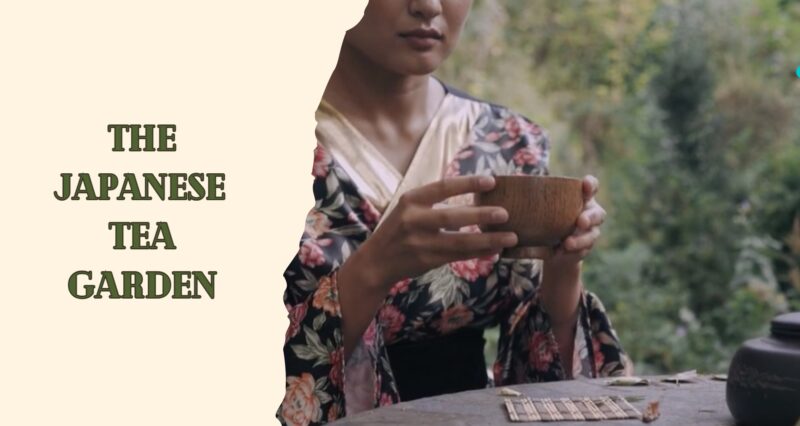
The historical roots of the Japanese Tea House were firmly planted in 1894 when the Japanese Tea Garden was established to showcase a Japanese Village for the California Midwinter International Exposition (also referred to as the World’s Fair).
Today, people recognize the Japanese Tea Garden as the oldest public Japanese garden in the United States.
Although many attribute the design and development of Golden Gate Park to a man known for planting two million trees in his lifetime, John McLaren, he allowed someone else to design and tend to the Japanese Tea Garden.
In an attempt to share a piece of his culture, an affluent Japanese landscape designer named Makoto Hagiwara wished to transform the temporary World’s Fair exhibit into a permanent fixture of Golden Gate Park.
In the end, Hagiwara was responsible for erecting the Tea House, the garden, and the pavilions. He constructed a large public arena, as well as a small private setting for his family to dwell while he looked after the greenery.
The new garden was also decorated with an assortment of appealing statues, such as a Buddha statue.
Hagiwara Family Period
Between 1895 and 1942, Hagiwara and his family resided, cared for, and furthered the development of the Japanese Tea Garden, until an unfortunate event occurred. World War II struck and the family was forced from their home and ushered off to concentration camps with other Japanese Americans.
The garden was then given the name “The Oriental Tea Garden.”
During wartime, many of the beautiful arrangements were destroyed or removed, sculptures vanished, and many plants succumbed from lack of care.
Today, there are flashes of the original Japanese Tea Garden, such as the Monterey pine located by the Main Gate, but overall, much of the original tea garden has been erased.
In 1952, the garden was officially renamed the Japanese Tea Garden once more, and in 1953, a 9,000-pound Japanese offering called the Lantern of Peace was placed on the premises to ease the tensions associated with the past.
Things to Do
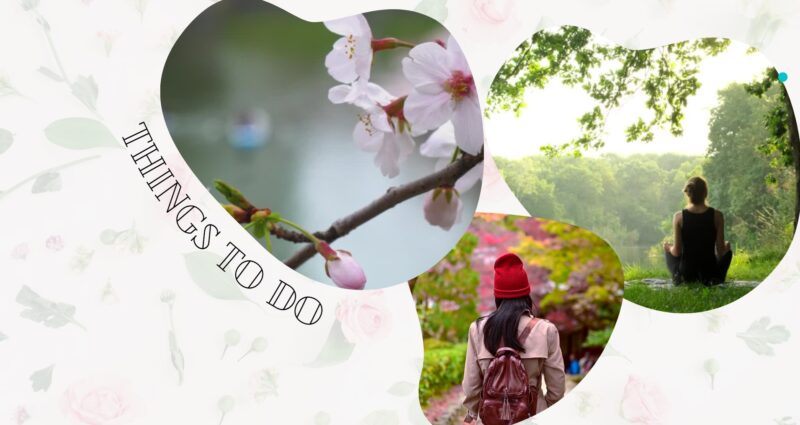
When it comes to the things you can do while visiting the Japanese Tea Garden in Golden Park, they are practically countless. If you want our recommendation, we want to provide the following:
| Activity | Description |
|---|---|
| Meditate and Relax | Enjoy peaceful surroundings, perfect for meditation, relaxation, or reading a book. |
| Sip Tea | Buy a cup of tea to sip while exploring the scenic grounds. |
| Capture Creative Greenery | Bring a camera to capture the landscape, blooms, and architecture. |
| Take Wedding Photos | Great spots for wedding photos include the Hagiwara Gate, Sunken Garden, and Crane Sculptures. |
| Purchase a Souvenir | Shop for Japanese-inspired souvenirs, but bring cash as cards are not accepted. |
FAQs
What is the admission fee for the Japanese Tea Garden?
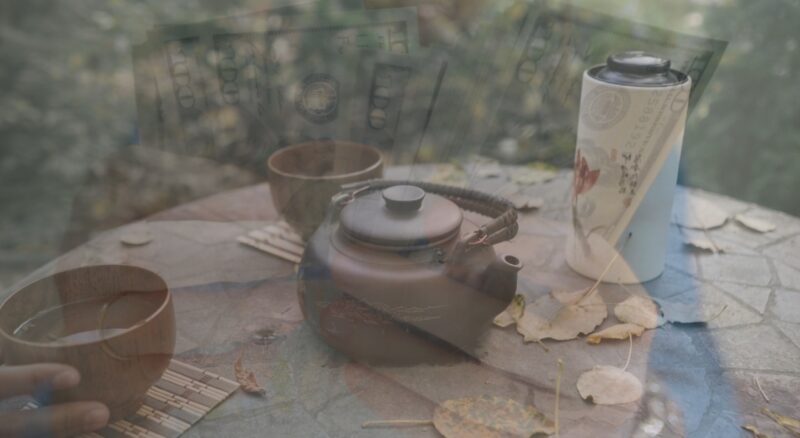
The admission fee varies. For adults, it’s $6.00 for residents and $9.00 for non-residents. Seniors (65+) and Youth (12-17) pay $4.00 if they are residents and $6.00 if they are non-residents. Children (5-11) pay $3.00 regardless of residency. Children (4 and under) enter for free. There’s also free admission when entering the gardens before 10:00 a.m. on Monday, Wednesday, and Friday.
What are the opening hours of the Japanese Tea Garden?
The garden is open daily. Summer hours (from March 1 to October 31) are from 9:00 a.m. to 6:00 p.m. Winter hours (from November 1 to February 28) are from 9:00 a.m. to 4:45 p.m.
What is the Lantern of Peace?
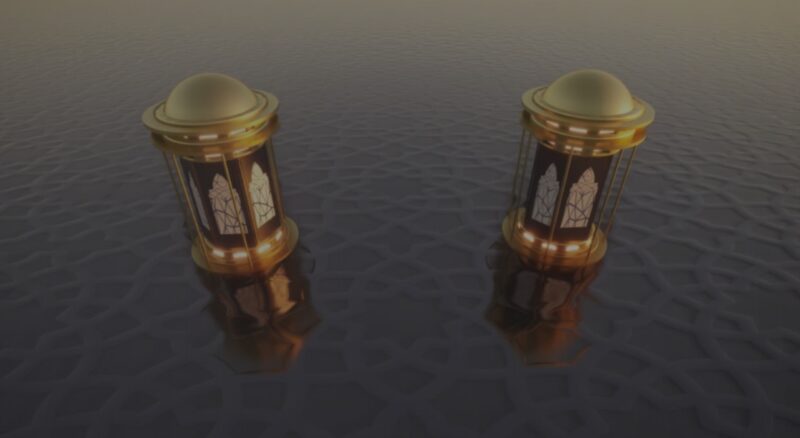
The Lantern of Peace is a 9,000-pound Japanese offering placed on the premises in 1953 in an effort to ease the tensions associated with the past.
What is the Pagoda?
The Pagoda is a five-story structure that once graced the 1915 Japanese exhibit at the Panama-Pacific Exposition. Pagodas hold a special place in Far East culture as they serve as Buddhist shrines.
What are the Mt. Fuji Hedge and Dragon Hedge?
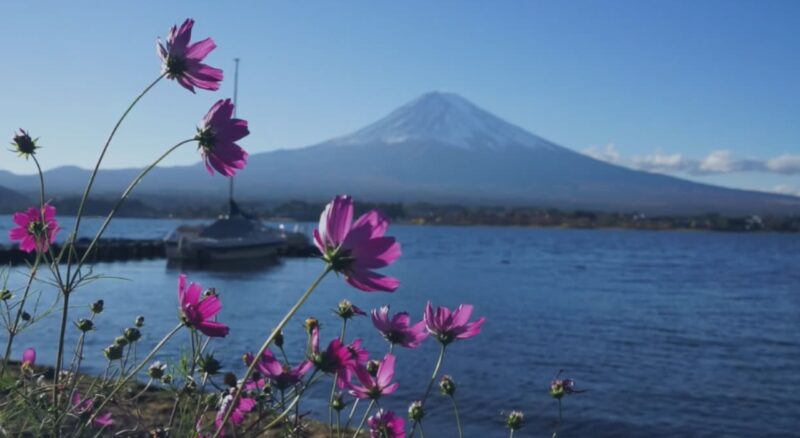
The Mt. Fuji Hedge is a clipped hedge in the form of Mt. Fuji. This feature pays tribute to Hagiwara’s Japanese roots. Dragon Hedge is located to the left of the Mt. Fuji Hedge. A backdrop of illuminating bamboo decorates it.
Summary
The Japanese Tea Garden in Golden Gate Park is more than just a garden; it’s a journey through history, a celebration of culture, and a sanctuary for the senses.
Come, immerse yourself in the tranquil beauty of the Japanese Tea Garden, and let your senses awaken to the magic of this timeless haven.

